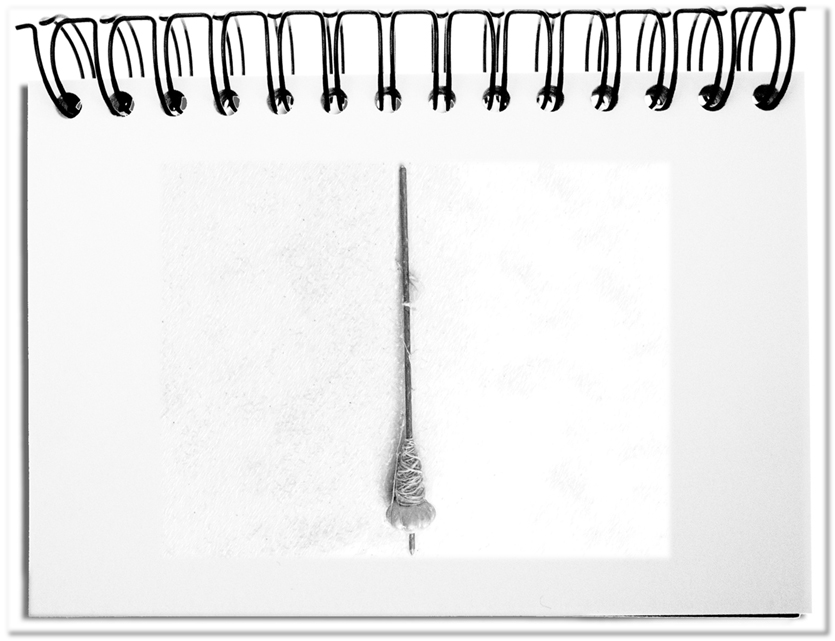Looking at issues is a form of reflection. We become aware of triggers, flows, dependencies and effects. While a measure is being carried out, we attentively take care of the current step. That way, we lack at that moment the required distance from what we are doing. It obstructs our look at connections and indirect or long-term effects. In addition, a lot of time is wasted in discussing needless issues. It takes place beforehand, rarely during, and rather, in retrospect, to find the person responsible for the failure. The best time to learn something is at the end of a section. It does not matter whether it is an era, paradigm, initiative, step, or work package.
The amplitude and duration of a passage are not as uniform as ideally depicted above. Each wave follows its amplitude and takes different durations at each round. As a result, at least one activity ends at any time. These milestones are either the end of an undertaking or the transition to a subsequent step. At this point, all activities are completed. All that is missing are the medium and long-term effects that evolve on their own. There is no better moment to look at a completed action. Whether we believe that the past repeats or not does not make a difference. In retrospect, we have sufficient distance to see the connections. In any case, aspects become visible that are valid for longer terms. The duration of a project and steps can quickly be months or years for social and economic initiatives. An agile project performs a sprint in four weeks, and a military strike force happens within one night. At the end of all activities, it makes sense to look back at what happened and what resulted. The experience can still be easily recalled in the memory. Participants remember the execution shortly after that, what was to be done, how it took place, and what to learn. They could draw insights from the activities and results at the end of every workday to improve the next day. However, regular short-term deadlines put a strain on work time. Therefore, we should set sufficient milestones, but no more.
These After Action Reviews give us the following advantages:
- Fail early
The earlier we see that we are off the beaten track, the sooner we leave the dead end. This saves time and money. It avoids efforts on something that will never be used. Not to mention the unnecessarily coordinated links to parallel activities that also become obsolete. - Learn early
As individuals, we are constantly learning subconsciously. We ameliorate what we do as soon as a hurdle appears and find a solution that avoids the problem. When it happens again, we adopt the work-around we found into our routine. - Adapt early
Since lean management, everyone is looking to Japan. The employees can stop the production line whenever they find an error. In no time, the source of the error is identified and corrected. This prevents failures from multiplying and, as a result, rework costs from exploding.
Bottom line: Milestones do not arise by themselves. They are established. Every effort needs its milestones with a specific frequency. Ideally, the activities have made sufficient progress when, with the retrospective, unnecessary mistakes can be avoided in the future. At the same time, all participants are brought up to date. The conclusion of a step is the right moment for this. Participants are still available, and the memoirs are more vivid than sometime later


